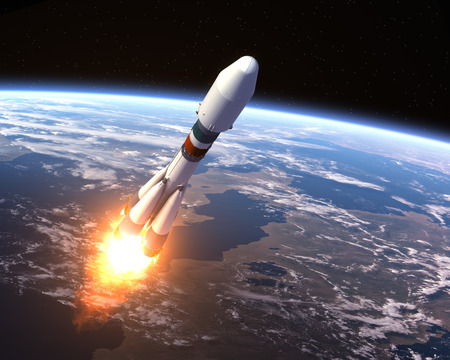
Deemed at first as a crew-less missions, NASA’s Exploration Mission 1 (EM-1) will now have a human crew inside. File photo
With space exploration as close to possibility as it ever has, the National Aeronautics and Space Administration (NASA) is leaning toward sending astronauts on the launch of its most powerful rocket yet—the Space Launch System (SLS).
As part of the space agency’s efforts to dramatically speed up its plans to get humans back to the moon and one day to Mars, NASA is launching the Exploration Mission 1 (EM-1), an orbital exploration to the Earth’s natural satellite.
The galactic mission, which is deemed to take place in September next year, was initially planned to be a crew-less odyssey.
However, NASA officials are now heavily exploring the possibility of equipping both the SLS and Orion spacecraft with a team of astronauts to further broaden the horizons of their research.
“NASA acting Administrator Robert Lightfoot has asked Bill Gerstenmaier, associate administrator for the Human Exploration and Operations Mission Directorate, to initiate a study to assess the feasibility of adding a crew to Exploration Mission-1, the first integrated flight of the Space Launch System rocket and Orion spacecraft,” NASA said in a statement in its website.
“The study will examine the opportunities it could present to accelerate the effort of the first crewed flight and what it would take to accomplish that first step of pushing humans farther into space.”
“The SLS and Orion missions, coupled with record levels of private investment in space, will help put NASA and America in a position to unlock the mysteries of space and to ensure this nation’s world preeminence in exploring the cosmos,” NASA said.
However, Lightfoot stressed that adding living individuals to the mission may require additional preparation and delay the launch until 2021 at the earliest.
“I know the challenges associated with such a proposition, like reviewing the technical feasibility, additional resources needed, and clearly the extra work would require a different launch date,” he explained in a brief NASA memo.
Meanwhile, NASA will reportedly first send a crew-less rocket to study the moon’s parameters at a distance of around 70,000 kilometers for for six days, before deploying its group of space explorers.
“The magnitude of what we’re doing with SLS and Orion is incredible,” Lightfoot said. “The capabilities we’re creating for this nation, which will take humans farther than we ever have before.” Khristian Ibarrola